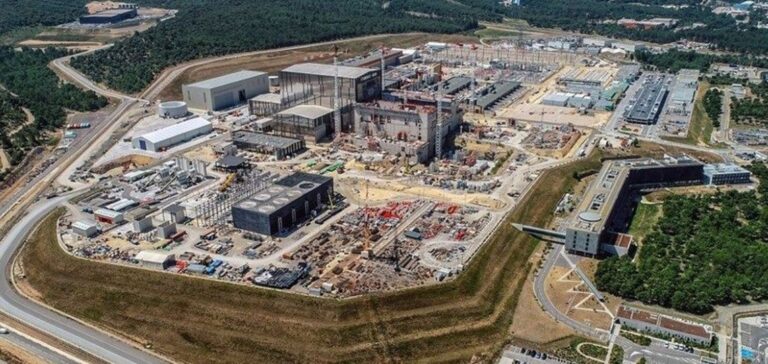The ITER project, which represents a major breakthrough in the field of nuclear fusion, faces considerable challenges. Originally scheduled to begin operations in 2025, the project is now at least eight years behind schedule, with a crucial first stage postponed to 2033. This delay is accompanied by an estimated additional cost of around 5 billion euros, bringing the total committed cost to between 20 and 40 billion euros. Across the Atlantic, the United States is stepping up its nuclear fusion research program.
Manufacturing Problems and Budget Revisions
In 2022, manufacturing defects were discovered on key reactor components, necessitating a complete re-evaluation of the schedule and budget. Pietro Barabaschi, General Manager ofITER, has been entrusted with this review by the seven participating members: China, South Korea, the United States, India, Japan, the European Union and Russia. The new roadmap, presented in June 2024, states that the production of the “first plasma” of matter, an essential step in fusion, has now been pushed back to 2033.
Implications for Nuclear Fusion
Nuclear fusion, which differs from the fission used in today’s power plants, aims to reproduce the Sun’s nuclear reactions, promising a safe, waste-free energy source. However, ITER’s delays come at a time when many university laboratories and start-ups are making rapid progress in this field. Nevertheless, Pietro Barabaschi remains optimistic about ITER’s central role in the fusion race.
Impact on the private and public sectors
At the last G7 summit in Italy in mid-June 2024, members reaffirmed the importance of nuclear fusion in the fight against climate change. They also encouraged international collaboration to accelerate the development of fusion power plants, in order to attract more private investment and involve the public. ITER is responding to this call by organizing working groups with private players and welcoming new investors.
Future prospects
Despite the challenges, ITER’s fundamental objectives remain unchanged: to demonstrate the integration of systems for industrial-scale fusion. However, as Mr. Barabaschi points out, nuclear fusion should not be seen as the only solution to climate problems. It is crucial to diversify alternative energy sources until fusion can play a significant role in global energy production.
These delays and additional costs illustrate the complex challenges involved in developing revolutionary energy technologies. ITER continues to represent an ambitious international effort to harness a new, potentially inexhaustible and safe source of energy, despite the obstacles encountered.






















